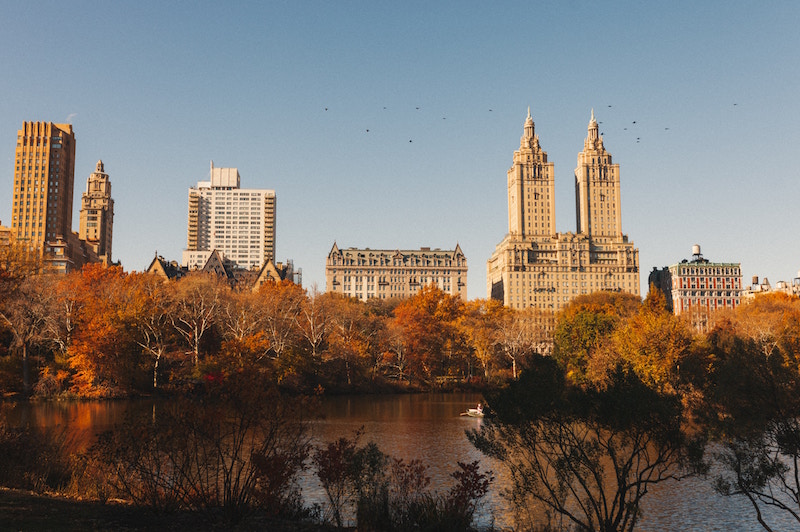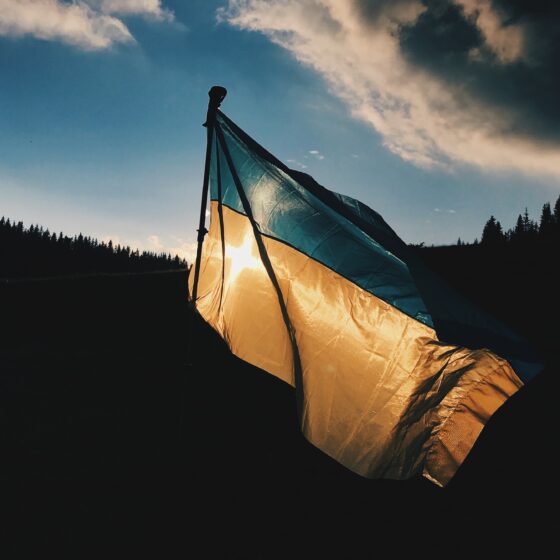I’ve visited Central Park in New York City twice in my life, the first time with parents and the second time with my boyfriend. Both times I remember the park being greener than any park I’ve visited near my hometown. The park teemed with bicyclists, joggers, caretakers with their children, and couples giving each other loving looks. I’ve never experienced this much vibrancy in any other city park. What I did not know when I visited Central Park is that underneath its manicured veneer, is a dark history that comprises of New York politicians and the wealthy pushing out a bustling African-American community, Seneca Village, in order for the park to be built. It is a tale that has been repeated up to the present day and consists of a powerful group dehumanizing a marginalized community and taking away their power.
Before Central Park became the icon that it is now, there were 1,600 residents living on it’s land. These residents included nuns from the Academy of St. Vincent, and a number of farmers. But at a population of nearly 300 residents, Seneca Village was the most concentrated area.
Seneca Village began with the erasure of slavery in New York between the years of 1799 and 1827. This transition into freedom included an 1821 law that gave voting rights to free black men, if they owned at least $250 dollars worth of property. Seneca Village was a blessing for many African-Americans because it was one of the few places they were able to purchase land without discrimination.
The community was located in what is now Central Park’s boundary of West 83rd Street to West 89th Street. The foundations of this historic community were laid when a white couple, John and Elizabeth Whitehead, purchased farmland on what is now considered Manhattan’s Upper West Side. They decided to divide this farmland into small lots to sell. Their first customer, Andrew Williams, a Black shoe shiner, bought three lots of land from the couple for $125.00 on September 27, 1825. Two lots were located on the north side of 85th Street between Eighth and Seventh Avenues and a third lot was on the south side of 86th Street. The same day, the trustees of the African-American Methodist Episcopal (AME) church acquired six lots near 86th Street for cemetery use. One of the AME trustees, Epiphany Davis, a store clerk, also bought 12 lots for $578. By the early 1830s, there were around ten homes in the community.
In the next decade, Irish immigrants, who were escaping from the potato famine, and some German immigrants, also joined the community. As the 1850’s approached, the community incorporated three churches, multi-story homes, gardens, and at least one school. There was an estimated population of about 300 people, many of whom were working class residents traveling to their jobs in laundries or inns in busy lower Manhattan.
The community was unusual because of how long families stayed in the neighborhood. In a census that was taken in 1850, every Black family that was counted still lived in Seneca Village five years later in comparison to 40 percent of the population of Boston that moved. Also, of the 100 Black New Yorkers that were lawfully allowed to vote, ten percent of them lived in Seneca Village.
As New York City grew, many wealthy and affluent people living in Lower Manhattan were worried that commerce and industry were taking over the island, and that the influx of immigrants were changing the personality of downtown. So they proposed the building of a “grand” park in Upper Manhattan, modeled after the ones in Europe, so that new neighborhoods could be built and they could have more recreational space.
One of the first sites that was considered for Central Park was located in the Upper East Side, but there was an outcry from the wealthy landowners. In order to persuade New York City officials not to build the new park in their area, uptown city dwellers painted Seneca Village as a “shantytown” at risk of becoming the next “Five Points” – a neighborhood in Lower Manhattan that was notorious for the urban destitute.
As the development for Central Park grew closer, the New York Times and other newspapers described the inhabitants living in Seneca Village as “stubborn insects”, “squatters”, “denizens”, “vagabonds”, and “scoundrels”. There was one article that hoped the removal of citizens “will be effected with as much gentleness as possible,” while also describing them in less than human terms. Historian, Cynthia Copland, of the Seneca Village Project, states that the name-calling was part of the propaganda to persuade city officials and citizens to allow destroying a poor, but thriving, civic-minded community.
The citizens of Seneca Village did not give up without a fight. They attended court to keep their homes and community from being bulldozed, and also protested the amount they were paid for their land. In one protest, one resident asked for $3,500 dollars for his land rather than the $2,335 that was quoted by the land assessor.
Tragically, in 1857, New York City officials used the law of eminent domain – the power of the government to take over private land and make it for public use – to displace the residents and bulldoze the community.
The fall of Seneca Village isn’t the first time the government used influence and money to push people with less influence and financial means off their land. There was the Indian Removal Act of 1830, authorized by president Andrew Jackson, who granted unsettled lands west of the Mississippi to white people in exchange for Indian lands within state borders. Some tribes accepted the forced migration peacefully, but most tribes resisted against the policy.
In modern times, the idea of forcing a community off their land is outrageous, but there are insidious ways that the wealthy push the working class from their neighborhoods. One way is through gentrification. One example is Silverlake, a Los Angeles neighborhood that was known in the 1950’s and 1960’s as a haven for middle class Latinos who worked in the then bustling manufacturing hub of downtown Los Angeles before jobs were outsource to Taiwan and China. In the 1960’s and 1970’s it was regarded as a safe space for the underground gay scene at the time. Now, Silverlake is lined with cookie cutter bohemian cafes, trendy bars, and rents that are easily above $2,000. This is a far cry from the neighborhood’s working class roots and it’s rebellious spirit that attracted individuals from the fringes of society.
Seneca Village was not forgotten. In 2001, over a century after the community was destroyed, a historical marker was placed at its former location. Professors from City College of New York, Columbia University, and New York University directed archaeological excavations that took place in 2004, 2005, and 2011. From these digs, the professors and their students found artifacts that included beef bones, buttons, bottles, smoking pipes, a toothbrush, and a sole from a child’s shoe. These historical digs are important because it shows that there is hope. Hope that we remember the lost communities that stood before us, and hope that we learn the lessons from the past and pass them on to the future.









